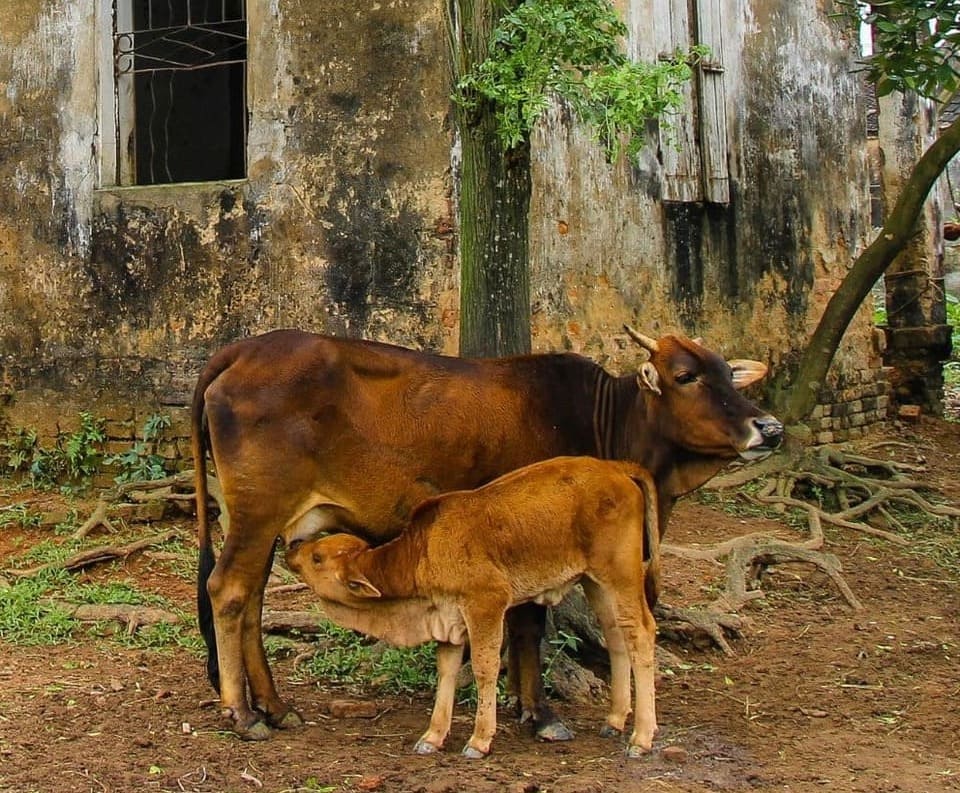Learn All About The History of Breastfeeding
The history of breastfeeding must have begun when the first man & woman had their very first baby. How else would people feed their babies? Well, not exactly. Breastfeeding is a practice that has been around for thousands of years, but it’s not as old as you might think.
Breastfeeding didn’t begin until the Paleolithic era when humans started living in small groups and had to develop survival strategies that helped them stay together and care for each other during times of scarcity.

History of Breastfeeding – wet and cross-nursing
All mammals make & release milk from secretory glands – indeed, that is one of the criteria for being a mammal. Early humans (be it homo sapiens or extinct species of hominids) are mammals and, therefore, probably breastfed their babies like all other mammals. The earliest evidence of breastfeeding comes from the Paleolithic period when cave paintings showed women breastfeeding their children.
If a mother dies (during childbirth or otherwise), the baby is left to die. Depending on the social dynamics of the time, the baby may be fed & raised by other lactating women from the same tribe (called group nursing). If only one woman was feeding the baby, it is called wet nursing.
Wet Nursing is when someone else breastfeeds your baby permanently. Cross-nursing is when someone else breastfeeds your baby temporarily. If other lactating women were unavailable, the motherless baby would die. Or, members of the tribe may try to feed the baby other foodstuffs. And here is the beginning of “formula” feeding.
History of Breastfeeding – formula rise
In the past, different cultures fed a variety of things to babies – most were unfortunately insufficient to support life. The mortality rates back then were very high. In particular, baby bottles were also not adequately cleaned, so many babies died of infection.
Mothers and wet nurses have breastfed babies for hundreds of thousands of years. When necessary, a baby was fed milk from other animals, such as cows or goats. Often, baby food consisted of sugar water, honey water, broth, and even wine (that’s interesting). Sometimes finely ground grains such as oats, rice, or barley were added to the mix (called “pap”). Many of these infants did not survive.
In medieval times, women didn’t have access to formula or other substitutes, so they fed their children what they could get: milk from cows or goats; fermented milk products like yogurt and cheese; bread soaked in milk; dried fruit soaked in water; porridge made with water and milk; or sweetened water.
History of breastfeeding – Newest times
By the 1800s, scientists and doctors began to investigate what was needed in food mixes for babies to thrive. In 1867, the first commercially available baby food was created by Justus von Liebig. After that, many other kinds of baby formulas were made. These formulas worked so well that women began to use them instead of breastfeeding. Manufacturers promoted baby formulas and suggested using them was the modern (and better) way to feed babies. By 1950, more than half of the babies in the USA were fed with some form of baby formula. Again, good marketing can do wonders.
By the 1970s, the pendulum began to swing back. Women felt the need to return to the basics: a more Earthy way of raising their children. Years of research showed that breast milk is best – it contains unique elements not found in baby formula. We can’t compete with nature. Women were also better educated and made informed choices based on what was best and not trendy.
For the year 2010, the Surgeon General of the USA hopes to have
• 75% of the babies breastfed when they leave the hospital;
• 50% of babies still on breastmilk at six months of age, and
• 25% of babies are still breastfed after one year.
There is no law to enforce breastfeeding, but the above goals suggest that legislators recognize the benefits of breastfeeding and encourage it.

